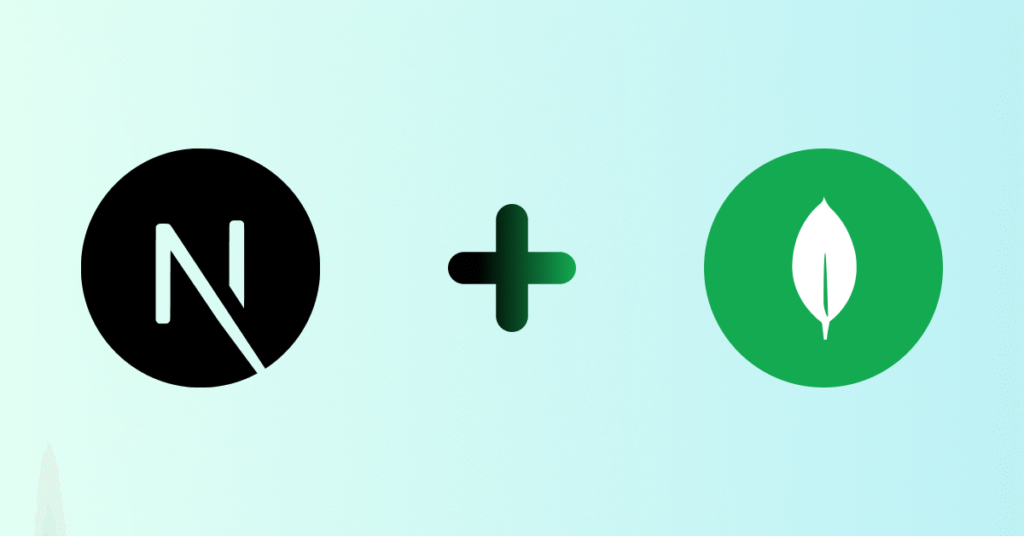
Creating a website or web app is more than just writing some code — it’s about solving real problems in a way that’s fast, easy to use, and scalable. In this blog post, I’ll explain how we built a web app using Next.js (for the frontend) and MongoDB (for the database). I’ll share what we did, why we chose certain tools, and what we learned along the way.
💡 What Was Our Goal?
We wanted to build a web app that is:
- Fast and easy to use
- Works well on both desktop and mobile
- Can grow as more users start using it
- Simple to update and manage
So, we started with two powerful technologies:
- Next.js for building the website
- MongoDB for storing the data
🚀 Why We Chose Next.js
Next.js is a React-based framework that makes building websites easier and faster. It helps with:
- Fast loading pages (thanks to server-side rendering)
- Easy navigation (through built-in routing)
- Better SEO (because content can be rendered before the page loads)
- Reusable components (so we don’t repeat code)
We also liked that it works great with modern tools like Vercel, where we deployed the site.
🗃️ Why We Used MongoDB
MongoDB is a NoSQL database, which means we don’t need to define a fixed structure for our data like in SQL databases. This was useful because:
- We could store different types of data easily (users, messages, product info, etc.)
- It works well with JavaScript
- It’s cloud-friendly — we used MongoDB Atlas, which lets us store data online securely
🔧 How We Built It – Step-by-Step
1. Planning the Structure
Before we started coding, we listed out:
- What pages we needed (Home, About, Contact, etc.)
- What components we could reuse (Header, Footer, Cards, Forms)
- What kind of data we would store (like user messages or quotes)
2. Creating the Frontend with Next.js
We built different pages inside the /pages folder. For example:
index.js→ Home Pageabout.js→ About Pagecontact.js→ Contact Page
Each page had a layout that included a header, some content, and a footer.
We created components like:
Navbar— for navigationTestimonialCard— to display user reviewsQuoteBox— to show quotes from the database
We used CSS Modules to style each component in a clean and organized way.
3. Adding the Backend (API)
We used a separate Node.js server with Express.js for backend tasks:
- Handling form submissions
- Fetching data from MongoDB
- Storing new entries in the database
Using Mongoose, we defined data models like this:
const QuoteSchema = new mongoose.Schema({
author: String,
text: String,
createdAt: { type: Date, default: Date.now }
});4. Connecting Frontend and Backend
We used Axios to send and receive data. For example, submitting a contact form or loading quotes from the database.
🌐 Deployment: Putting It Live
We deployed everything as follows:
- Frontend (Next.js): Hosted on Vercel
- Backend (Node.js + MongoDB): Hosted on AWS EC2
- MongoDB: Stored in the cloud with MongoDB Atlas
- Domain: Managed via GoDaddy and Hostinger
🧱 Challenges We Faced
- Mobile Responsiveness: Fixed using media queries and mobile testing tools
- CORS Issues: Solved by configuring backend middleware properly
- Form Validation: Added checks before allowing form submissions
- Data Structure Control: Used Mongoose for consistent data handling
🎓 What We Learned
- Plan before coding
- Break big tasks into smaller steps
- Reuse components to keep code clean
- Use Git and version control for teamwork
- Test with real users to find hidden problems
✅ Final Result
We now have a fully working web app that is:
- Fast
- Mobile-friendly
- Easy to maintain
- Ready to scale
We’re continuing to improve it and add features like a user dashboard, search filters, and login functionality.
🙌 Thank You!
We hope this post was helpful. If you’re building your own app or have questions about the tools we used, feel free to comment or connect with us!

Leave a Reply